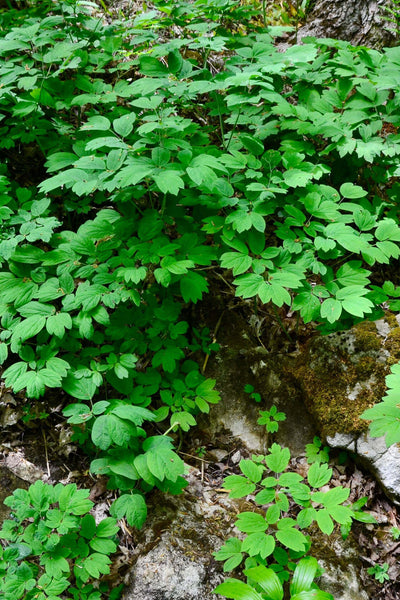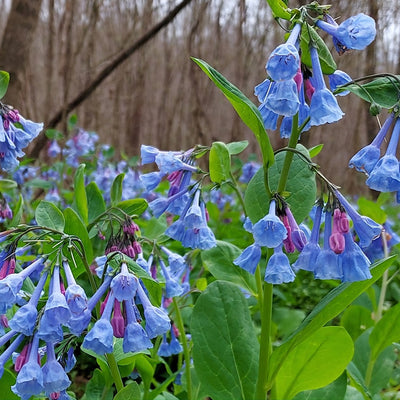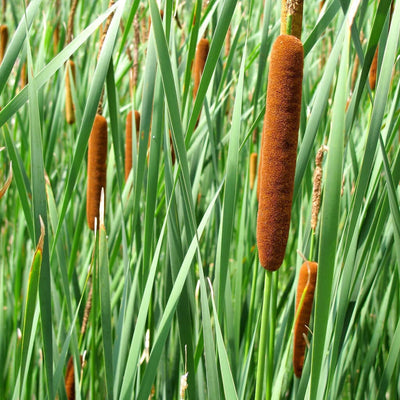The Blue Cohosh Plant is a pretty and hardy annual that grows in wooded areas. It has blue-green leaves, small yellow-green flowers, and bright blue berries in the late summer. The Blue Cohosh comes from shaded woods in North America. It does best in moist, humus-rich soil and looks beautiful in both naturalised and shaded gardens. It stands out among spring and summer plants because of its unique colour and structure. It is beautiful to look at and good for the environment.
This plant is liked by gardeners both for its looks and because it has a long history of being used as a medicine. Plant lovers and natural farmers who like beautiful things with a story will still love the Blue Cohosh Plant.
What Does the Blue Cohosh Plant Look Like?
The Blue Cohosh starts to grow in the spring with purple shoots that turn into pretty blue-green leaves that form a nice mound. It has small, greenish-yellow flowers that grow in groups. The flowers are followed by berries that turn deep blue as they age. These berries add colour to the garden late in the season, long after the flowers have died.
The plant grows between 1 and 3 feet tall, which makes it a good choice for Blue Cohosh Shade Gardens or beds in the shade. This annual has a unique shape and colour that makes it look great with plants that like shade, like the Virginia Bluebell, or plants that like water, like the Cattail Plant.
Why Gardeners Love the Blue Cohosh Plant
There are many things to admire about the Blue Cohosh Plant. It is a great foliage plant for dark, shady places because of its bright, blue-colored leaves and late-summer berries. It keeps its shape and structure all through the growing season, unlike many wild perennials.
Blue Cohosh plant benefits go far beyond their appearance. Native plant lovers like it because it helps keep the richness of woodlands, gives insects a place to live, and adds depth to shaded areas. Blue Cohosh Medicinal uses has traditionally been for herbal and medicinal purposes but modern farmers mostly like it as a pretty, low-maintenance addition to woodland settings.
Companion Plants for Blue Cohosh
When you mix the Blue Cohosh with other wild plants, you get a lush, layered look that looks like the forest where it grows naturally. These plants go well with bluebells:
- Virginia bluebells for early spring colour
- Cattail plants for yard edges that stay wet
- Ferns and hostas to add structure and a change of colour to the leaves
- Wild geraniums to cover more ground
These pairings bring out the natural rhythm of a Blue Cohosh Shade Garden and keep things interesting from spring to autumn. Planting native perennials together makes the soil healthier, helps it hold on to water, and makes the environment more stable.
Caring for Blue Cohosh through the Seasons
The Blue Cohosh Plant can remain healthy and grow strongly year after year with the right care. Here's how to take care of this plant all year:
-
Spring: When new shoots show up, plant or split up groups of Blue Cohosh Root. For the best growth, add compost or leaf mould to the dirt.
-
Summer: Make sure the soil is equally wet, but not soaked. Adding mulch will help the soil stay wet and keep the roots from getting too hot.
-
Fall: Let the leaves fall off on their own. This helps the roots get nutrients back and helps the plant grow healthy again next year.
-
Winter: If you live in a cold area, put a thin layer of mulch over the roots to keep them warm.
As soon as it's established, the Blue Cohosh Plant can handle harsh conditions. Because it is tough, it works well in naturalised areas, woodland gardens, or walks with lots of shade.
Blue Cohosh in the Woodland Landscape
Adding Blue Cohosh to your woodland creation gives it depth and rich autumn colours. It looks great placed under tree limbs or next to a wet creek because its rough leaves look great with lighter greens and delicate flowers. Some plants that grow well with it are trillium, mayapple and wild columbine. Together they create a natural layered forest look.
If you want to add some natural variety to your garden, the Blue Cohosh Plant and TN Nursery's Virginia Bluebell make a beautiful spring-to-summer colour transition. With its straight lines, the Cattail Plant balances out the soft lines of the Blue Cohosh and adds structure and interest to damp areas.
FAQs
What is the Blue Cohosh plant?
Native to woodlands, the Blue Cohosh Plant is known for its blue-green leaves, yellow-green flowers, and unique blue berries. It grows well in woods or shady gardens.
How do you grow Blue Cohosh in a woodland garden?
Plant in wet rich soil that gets some to full shade. During dry times water your plants often and use organic mulch to keep the soil cool and even.
What are the benefits of Blue Cohosh Root?
Blue Cohosh Medicinal Uses in the past has been phenomenal but it is now primarily valued for its aesthetic and ecological Blue Cohosh plant benefits in woodland settings.
Is Blue Cohosh poisonous to humans or pets?
Even though Blue Cohosh is pretty, neither people nor their pets should eat it. It looks best when grown as a decoration.
Where can I buy Blue Cohosh plants online?
You can buy native plants and healthy Blue Cohosh Plants from TN Nursery and other nurseries you can trust.




